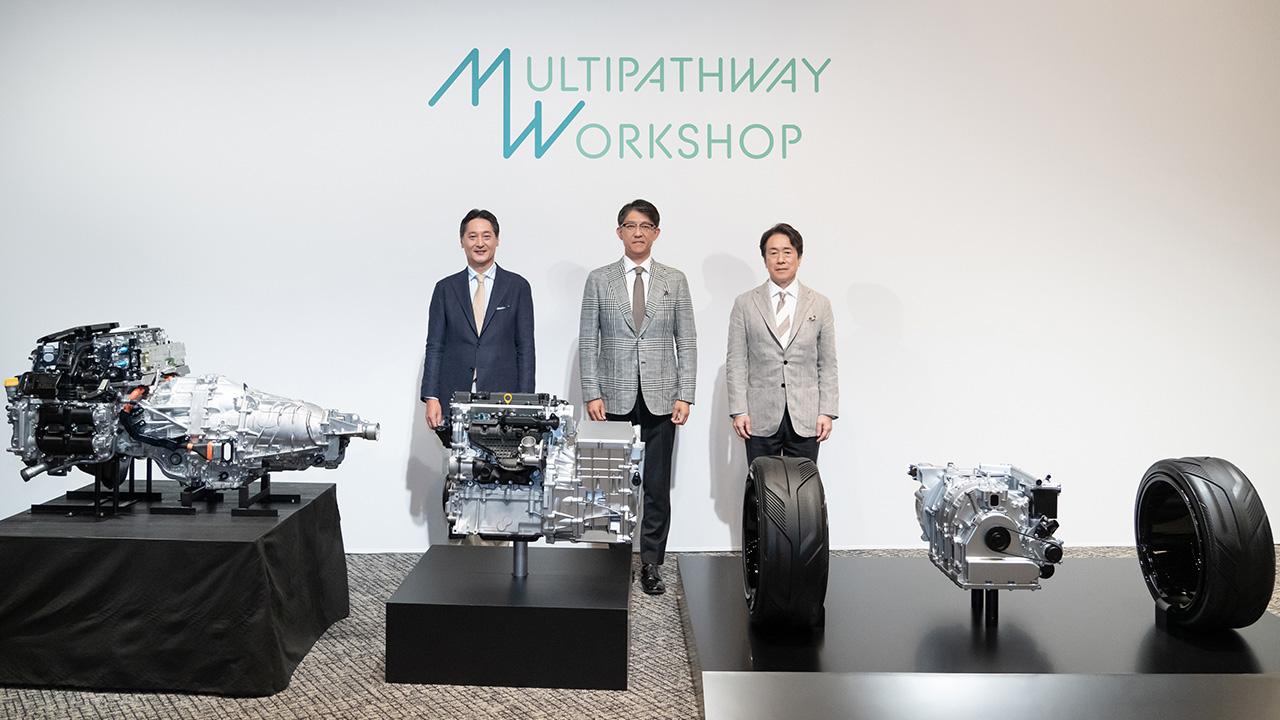
The three companies have long engaged in friendly rivalry over engines. Recently, their leaders came together to announce new developments for the electrification era.

“There is always one truth. The enemy is carbon.”
This was Morizo’s emphatic message from the Toyota booth at this year’s Tokyo Auto Salon. His speech caused quite a stir by declaring that engines could be an option for achieving carbon neutrality.
Nearly half a year later, on May 28, Subaru, Mazda, and Toyota held a joint workshop to provide an update on their developments of new engines.
Subaru’s horizontally-opposed, Mazda’s rotary, and Toyota’s inline 4-cylinder—what role will these engines, the culmination of each company’s technological prowess, play in the age of electrification?
The three leaders shared their thoughts.
“Refine the characteristics to create diverse cars” Toyota President Koji Sato
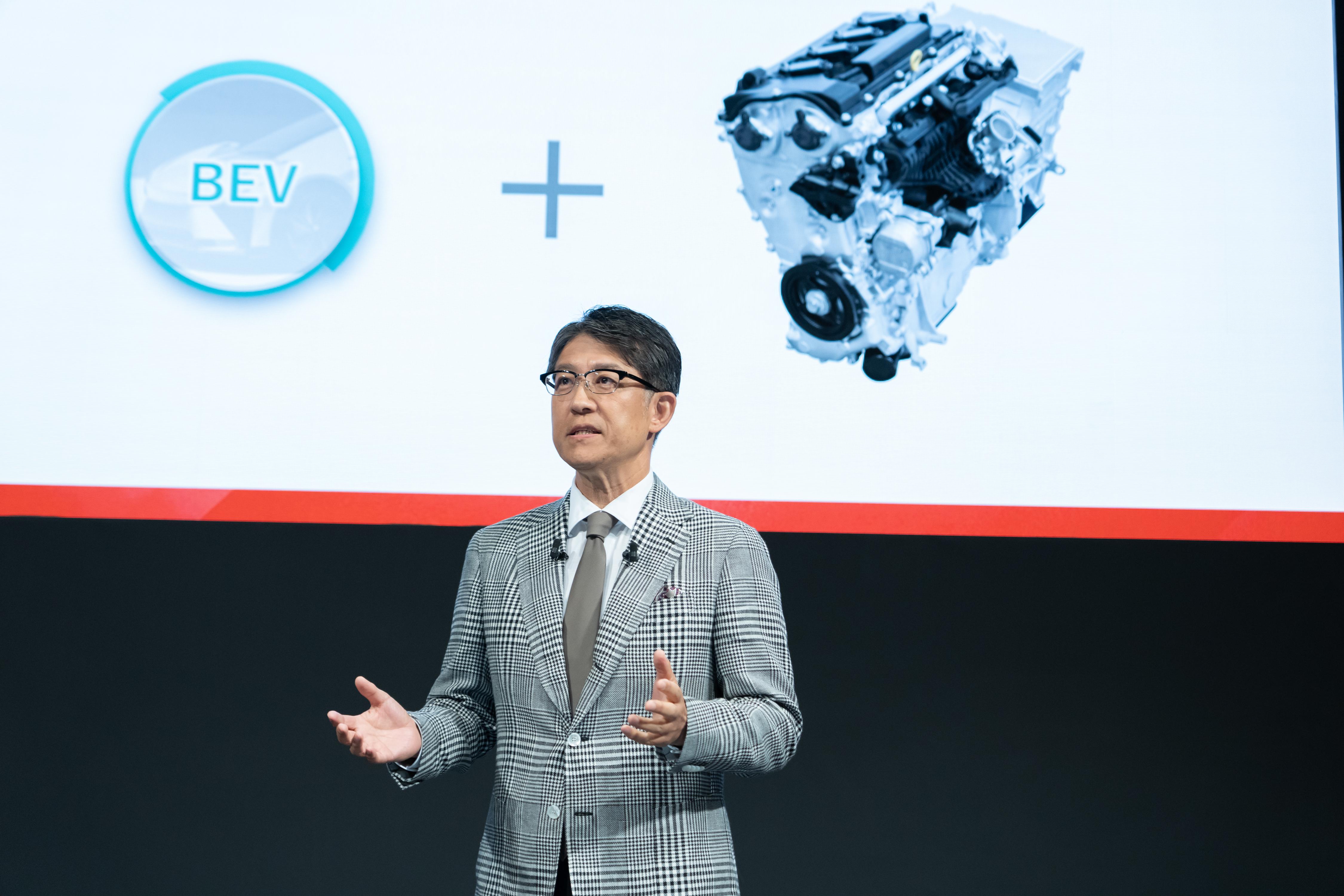
I am Koji Sato. Thank you very much for coming to our Multipathway Workshop today despite the bad weather.
The three companies here today—Subaru, Mazda, and Toyota—will talk about a multi-pathway approach to achieving carbon neutrality, especially in taking on new challenges related to engines.
To achieve carbon neutrality, it is important to consider the future of energy and prepare diverse options to ensure reduced CO2 emissions. At last year's G7 Hiroshima Summit, we conveyed to the world the Japanese automotive industry’s belief in diverse options, using the key messages of “diversity in carbon neutrality” and “there is a uniquely Japanese way to climb the mountain that is carbon neutrality.”
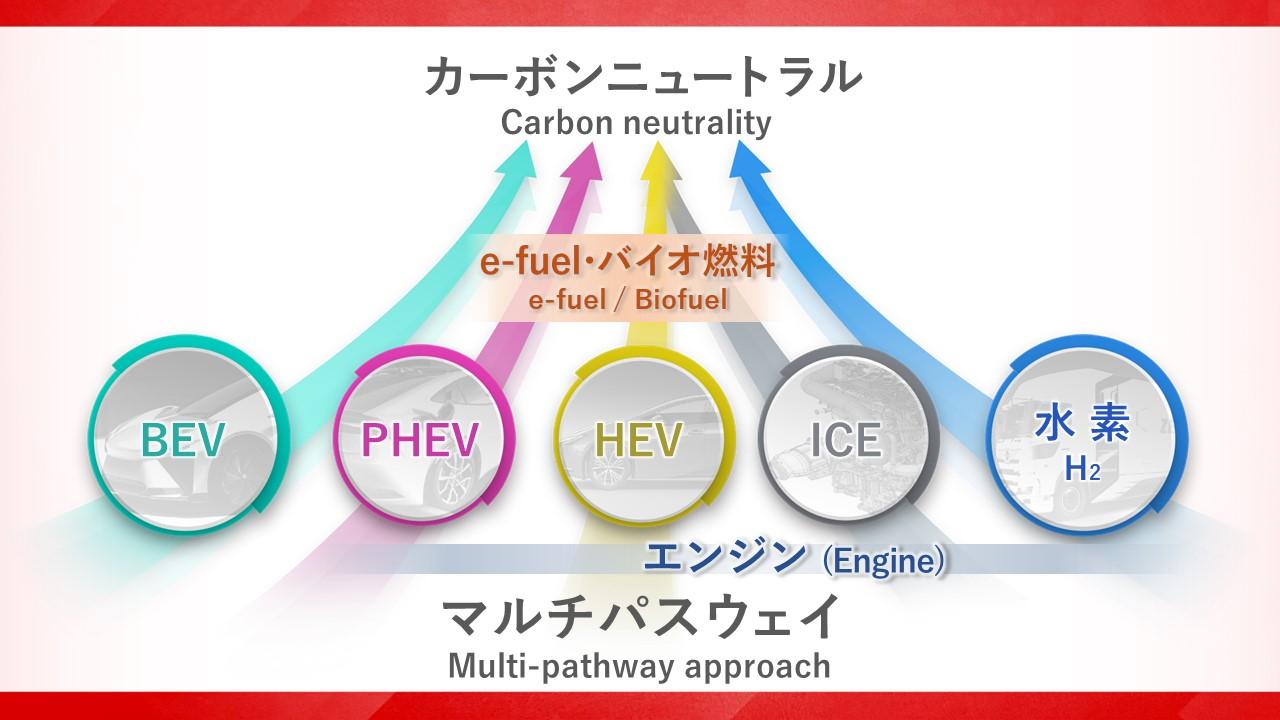
As one of those diverse options, each of the three companies here is pursuing its own battery EV initiatives, and engines also represent a necessary multi-pathway technology. To promote the popularization of electrified vehicles, we will pursue the new values required of powertrains and evolve them into ones that are suited for the future energy environment.
Based on these aspirations, we are advancing the development of new engines. Today, in the CEO session, we would like to share our thoughts on these initiatives, while in the CTO session, the three companies will provide specifics on technological developments.
Throughout their history, internal combustion engines have evolved to meet the social challenges of the times. In the 1970s, when air pollution began to become a problem, our industry met strict emission regulations by pursuing various technologies, such as improvement of combustion and catalyst performance. The challenge of creating the first-generation Prius, which was based on the goal of doubling fuel efficiency before the 21st century, was also an effort to pursue a new direction for engines.
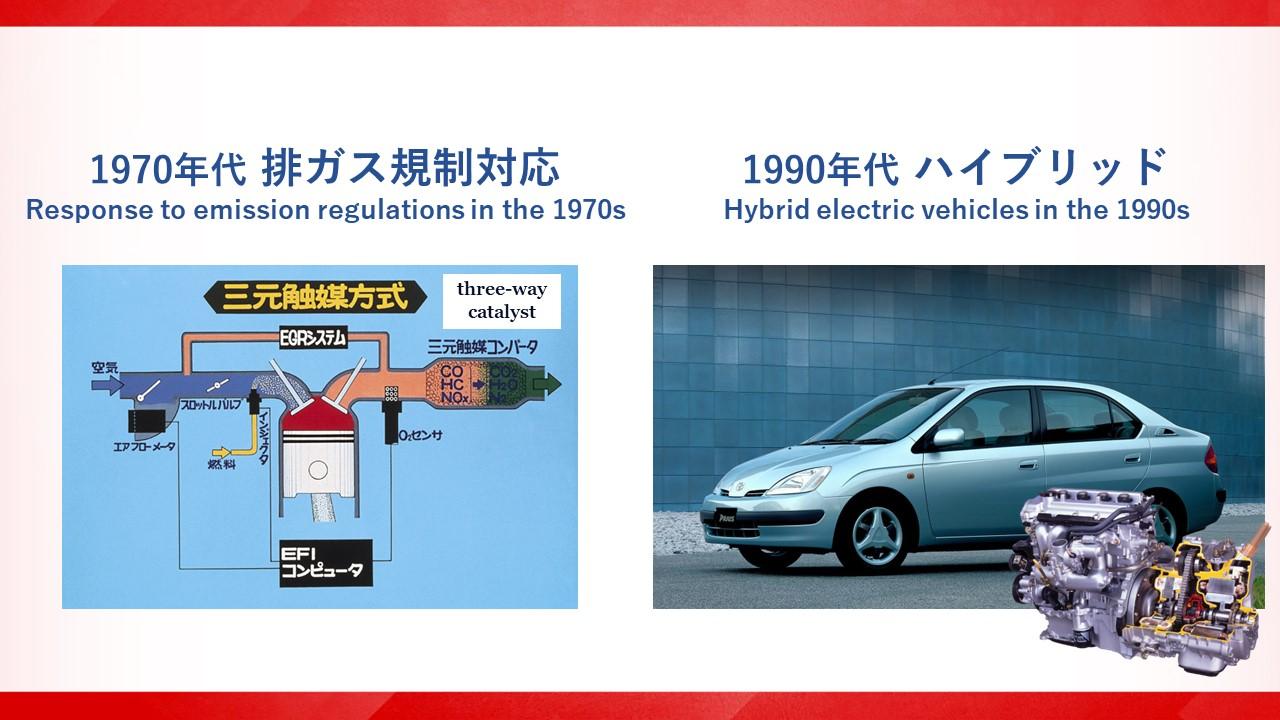
Similarly, over the past few years, we have taken on the challenge of achieving carbon neutrality and continually refining our engine technology in motorsports by leveraging what is unique to Subaru, Mazda, and Toyota.
We have realized that learning from each other’s strengths and challenges drastically increases the speed of technological evolution.
It is against this backdrop that we are developing the engines that each company is announcing today.
Toyota is developing new low-displacement inline 4-cylinder engines.
This effort is based on two development concepts. One is the pursuit of greater efficiency and compactness through combination with an electric power unit. Based on the concept of adding an engine to an electric unit, we are refining our technology to achieve higher efficiency than before by leveraging the respective areas in which electric motors and engines excel.
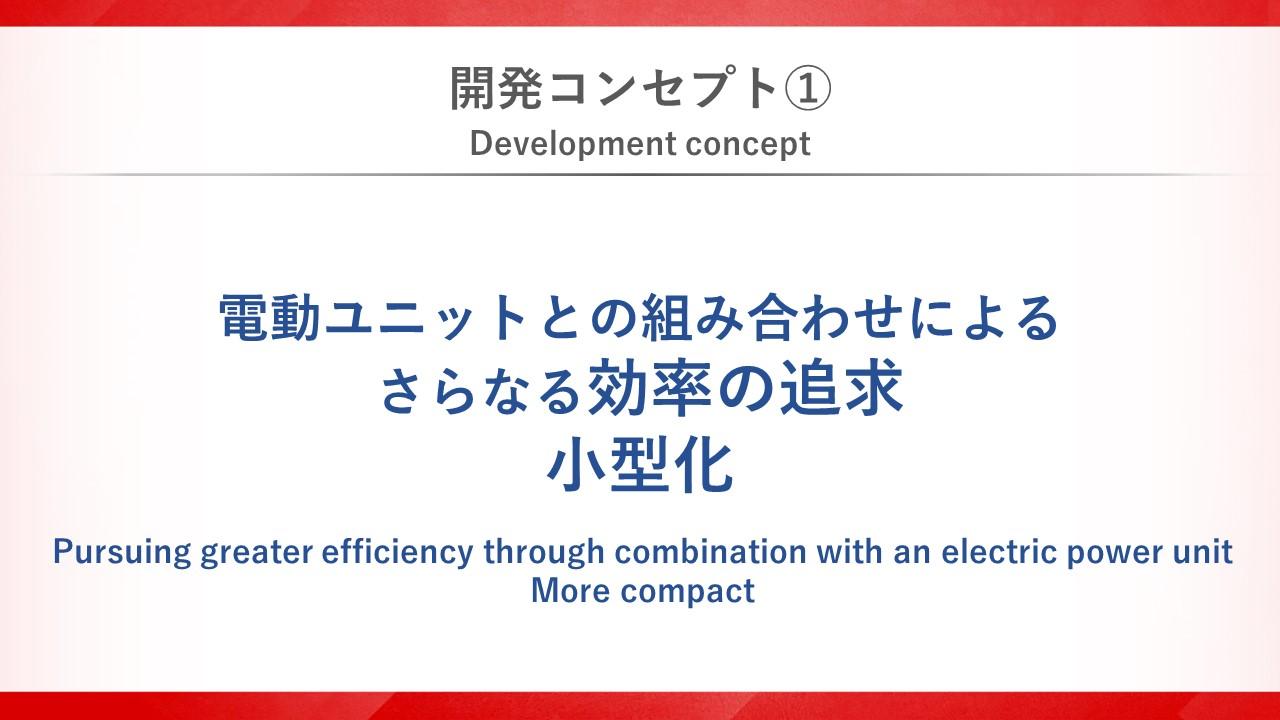
By optimizing engines for electrification, we will make their structure more competitive and compact, which will lead to more flexibility in engine installation in cars. Toyota sees this as an opportunity to develop engines that are optimized for the electrification era and make it possible to create hybrid and plug-in hybrid vehicles that are “electric-rich.”

The second concept is responding to the diversification of fuels, such as biofuels and e-fuels.
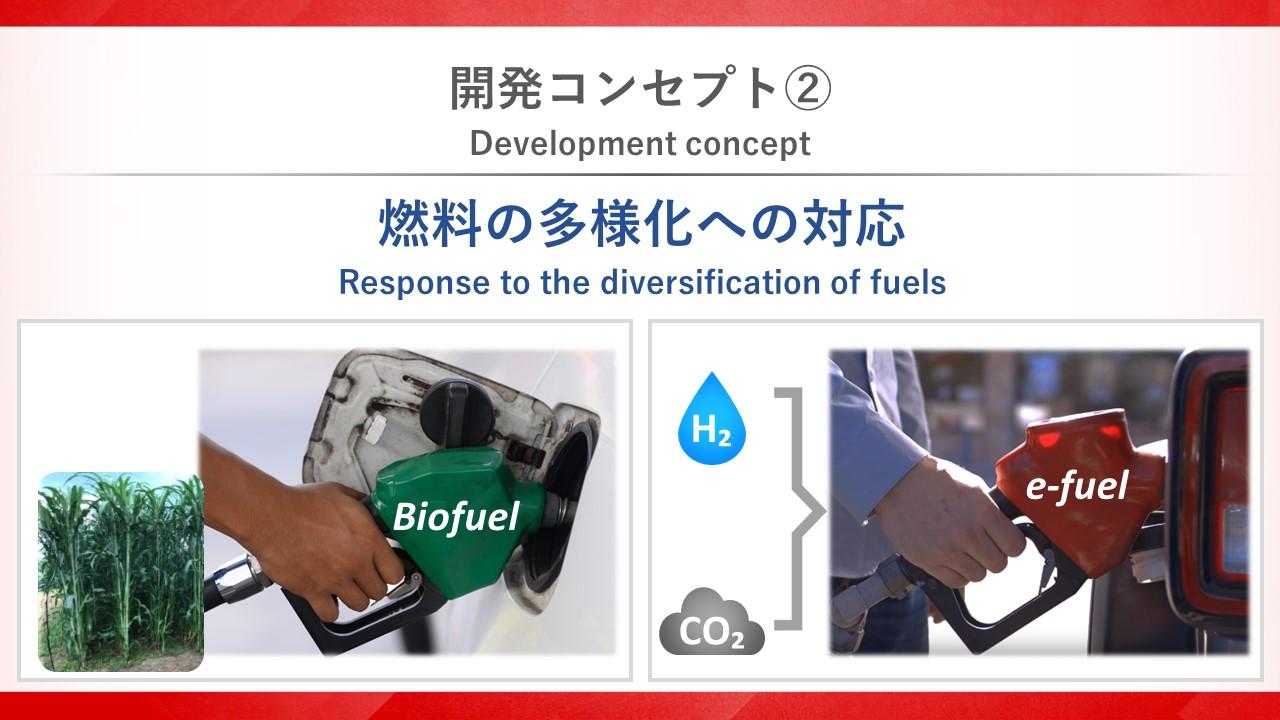
Toyota has, until now, internally developed advanced combustion technologies, such as D-4S. By leveraging this strength, we hope to enable engines to efficiently use diverse fuels so we can contribute to the popularization of carbon-neutral fuels.
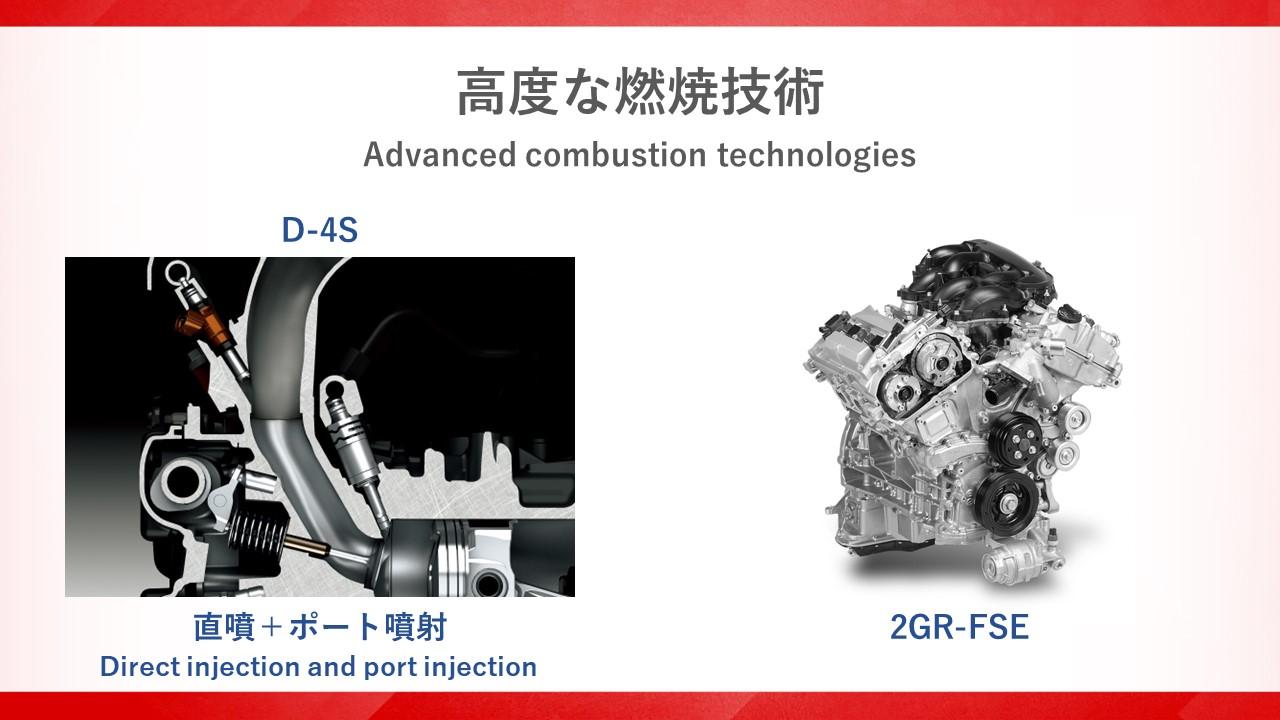
We also believe that widespread adoption of carbon-neutral fuels requires increasing their use. As announced yesterday, we will work with Idemitsu Kosan, ENEOS, and Mitsubishi Heavy Industries to consider establishing a carbon-neutral fuel supply chain as part of this effort.
The inline 4-cylinder engine has been refined over its long history. Its simple structure and highly flexible installation requirements have enabled it to support a diverse product lineup, from family cars to sports cars.
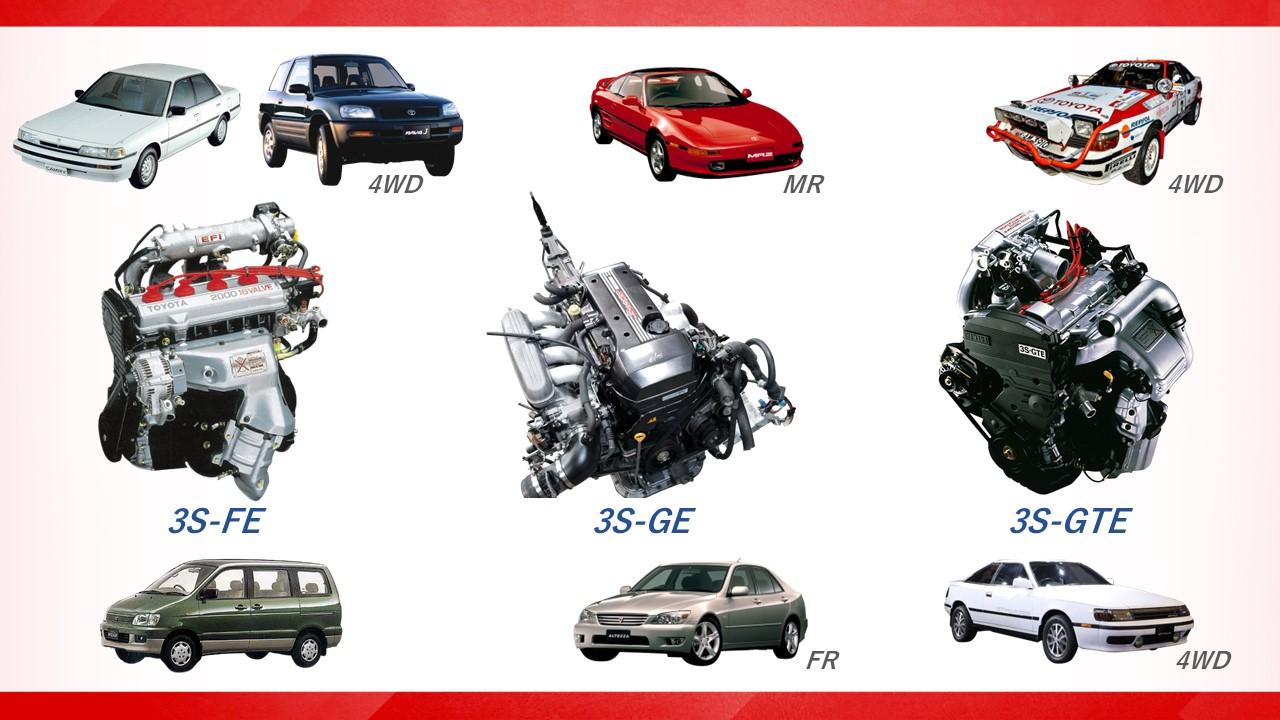
We would like to thoroughly refine the characteristics of Toyota’s new inline 4-cylinder engines and develop them into powertrains that can create diverse cars in the age of carbon neutrality.
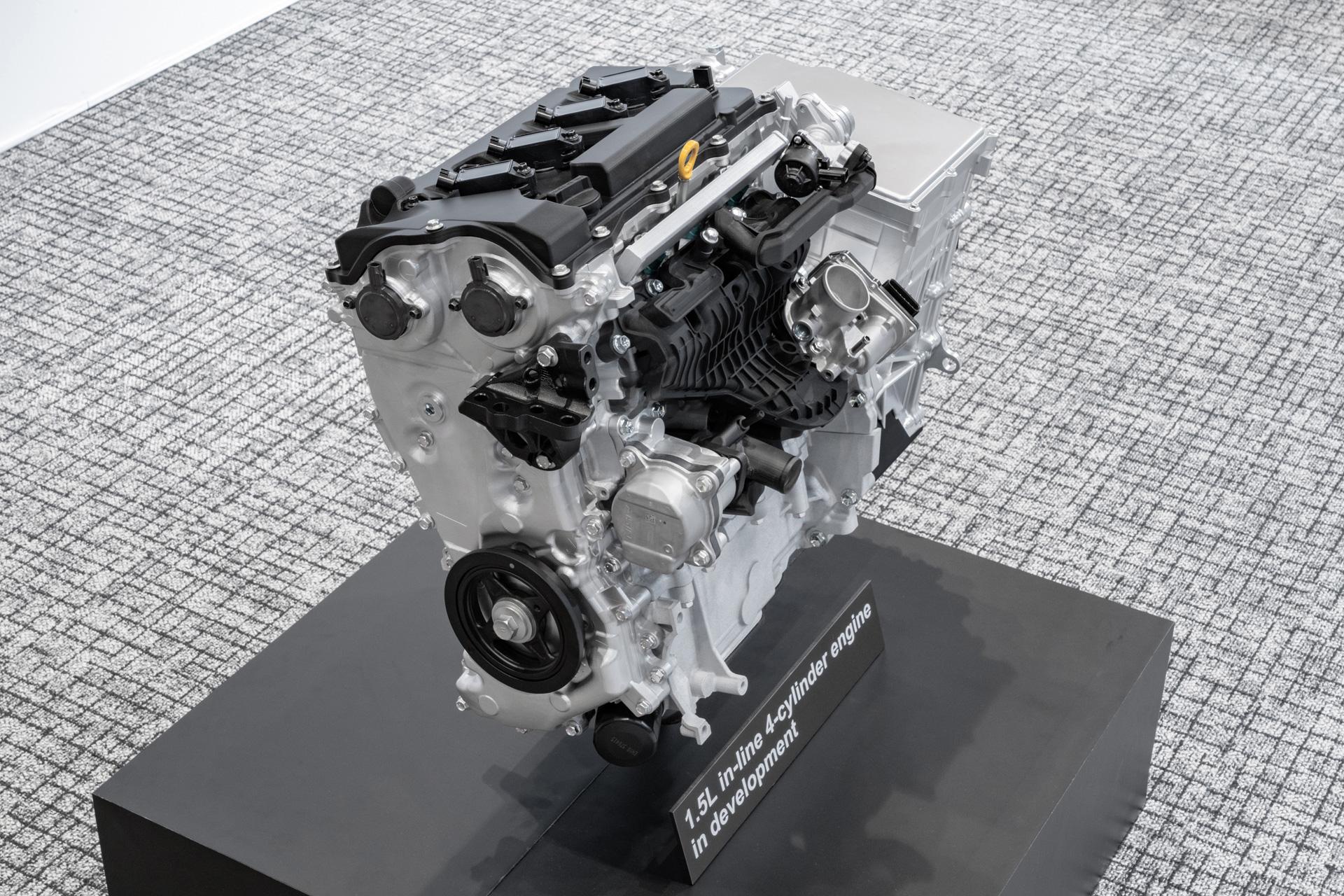
I believe that the key to creating the future is to pursue co-creation and competition. Technology evolves through friendly competition with colleagues who share the same aspirations for the future.
Leveraging each uniqueness, we will pursue the possibilities of engines in a multi-pathway approach to achieve carbon neutrality.
Next, I would like Mr. Osaki of Subaru to share his passionate thoughts about this endeavor. Osaki-san, if you will, please.

